BLOG
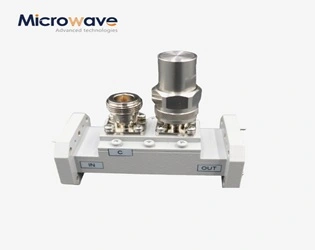
How to Troubleshoot Common Issues in Double-Ridged Waveguide Loop Couplers?
April 30, 2025
When operating sophisticated microwave components such as Double-Ridged Waveguide Loop Couplers, engineers and technicians frequently encounter operational challenges that can significantly impact system performance. These precision-engineered devices, critical for power splitting and coupling in high-frequency applications, require proper troubleshooting methodologies to maintain optimal functionality. This comprehensive guide addresses the most common issues encountered with Double-Ridged Waveguide Loop Couplers, providing detailed diagnostic procedures and practical solutions to ensure your microwave systems operate at peak efficiency across telecommunications, satellite communications, radar systems, and defense applications.
April 30, 2025
In the ever-evolving landscape of microwave technology, power dividing applications demand components that offer precision, reliability, and superior performance. Double-Ridged Waveguide Broadwall Directional Couplers have emerged as a premier solution for these demanding requirements. These specialized components, characterized by their distinctive ridge-like protrusions on the waveguide's broad wall, create a unique electromagnetic field distribution that enhances signal coupling and power division capabilities. With their ability to handle high power levels, maintain signal integrity, and operate across broad frequency ranges, Double-Ridged Waveguide Broadwall Directional Couplers have become indispensable in applications ranging from satellite communications to defense systems. This article explores the significant benefits these sophisticated components offer in power dividing applications, examining their technical advantages, operational superiority, and versatile implementation possibilities.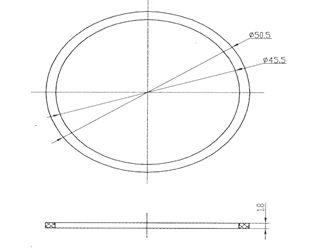
Waveguide Gaskets vs. Flange Seals: What's the Difference?
April 30, 2025
When designing and implementing microwave systems, the integrity of connections between waveguide components is critical for optimal performance. Two essential components often discussed in this context are waveguide gaskets and flange seals. Though these terms are sometimes used interchangeably, they serve distinct purposes in microwave applications. Understanding the differences between Waveguide Flange Gaskets and flange seals is crucial for engineers and technicians working with microwave technology. This article explores their fundamental differences, technical specifications, applications, and how choosing the right component can significantly impact system performance and reliability.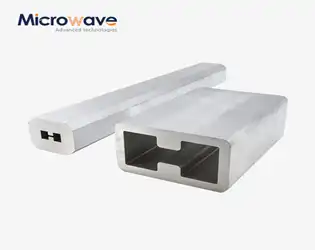
Key Features of Double Ridge Waveguide Tubes: What You Need to Know
April 30, 2025
In the world of high-frequency signal transmission, Double Ridge Waveguide Tubes stand out as essential components for maintaining signal integrity across demanding applications. These precision-engineered transmission lines are specifically designed to handle high-power requirements while supporting exceptional bandwidth capabilities. Understanding the key features of Double Ridge Waveguide Tubes is crucial for engineers, system integrators, and procurement specialists looking to optimize signal transmission performance across telecommunications, defense, aerospace, and other critical industries where reliability cannot be compromised.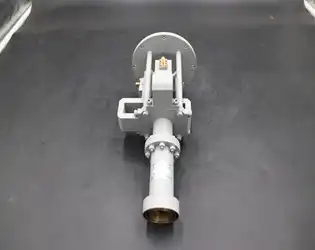
How do Corrugated Horn and Multimode Horn Antennas perform in terms of anti-interference?
April 29, 2025
In the rapidly evolving landscape of microwave communications, Corrugated Horn and Multimode Horn Antennas have emerged as critical technologies for mitigating interference and ensuring robust signal transmission. These advanced antenna designs represent cutting-edge solutions that address the complex challenges of electromagnetic interference, offering unprecedented performance in high-precision communication systems across satellite, defense, aerospace, and navigation applications.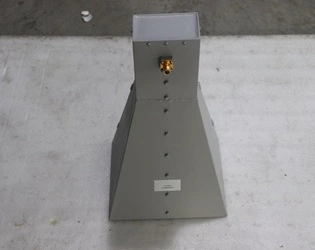
April 29, 2025
The Mini Wideband Double-ridged Horn Antenna represents a significant advancement in antenna technology, combining compact design with exceptional performance characteristics. This innovative antenna achieves remarkable radiation patterns through sophisticated electromagnetic principles and precision engineering. The design incorporates carefully optimized double-ridge structures within the horn cavity, enabling superior bandwidth capabilities while maintaining a reduced physical footprint. Through advanced impedance matching techniques and innovative feed systems, this antenna delivers consistent gain and directivity across an ultra-wide frequency range, making it an ideal solution for various applications including EMI/RFI testing, EMC measurements, and wideband monitoring systems..webp)
What are the differences in performance between air-cooled and water-cooled Waveguide Terminations?
April 29, 2025
When selecting waveguide terminations for high-power microwave systems, engineers must carefully consider cooling options to maintain optimal performance. The choice between air-cooled and water-cooled Waveguide Terminations significantly impacts operational efficiency, power handling capacity, and system longevity. Understanding these differences is essential for selecting the right termination for your specific application, especially when incorporating components like Waveguide Fixed Attenuators into your microwave system design. This article explores the key performance differentiators between these cooling technologies to help you make informed decisions for your microwave applications..webp)
What are the limitations of Inflatable Straight Waveguides?
April 29, 2025
Inflatable Straight Waveguides represent a significant advancement in microwave technology, offering unique solutions for complex signal transmission challenges. However, like any sophisticated technology, they come with certain limitations that engineers and system designers must consider when implementing them in various applications. Understanding these constraints is crucial for optimizing performance and ensuring reliable operation across different deployment scenarios. This article explores the key limitations of Inflatable Straight Waveguides and provides insights into mitigating these challenges to maximize their effectiveness in critical communication systems.




